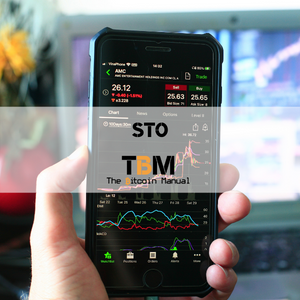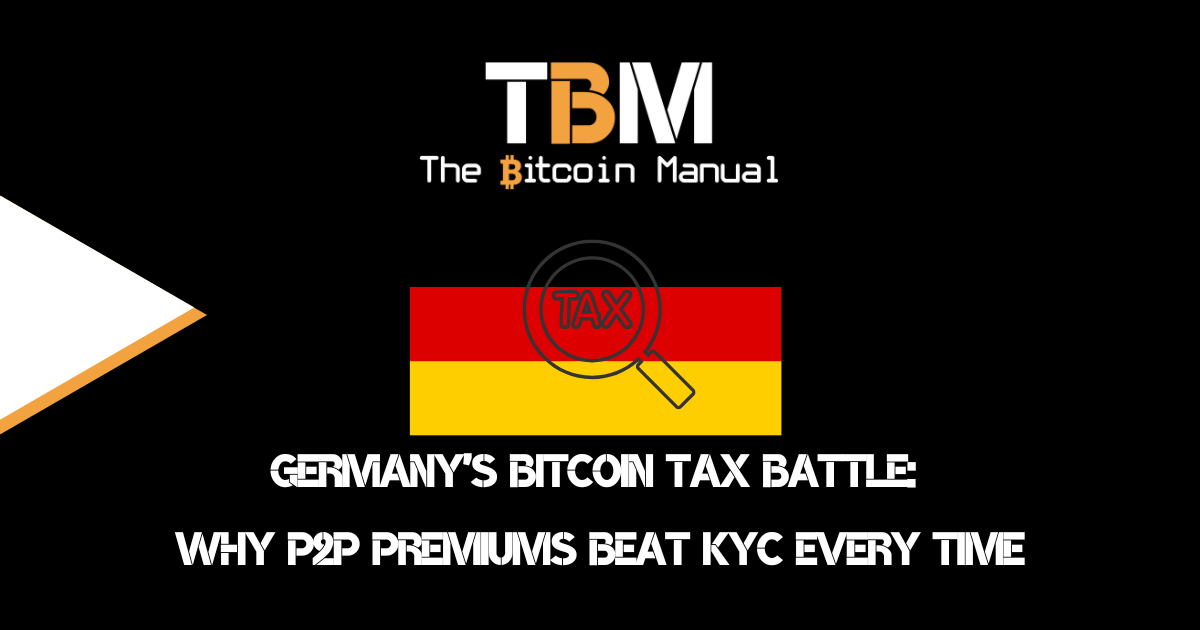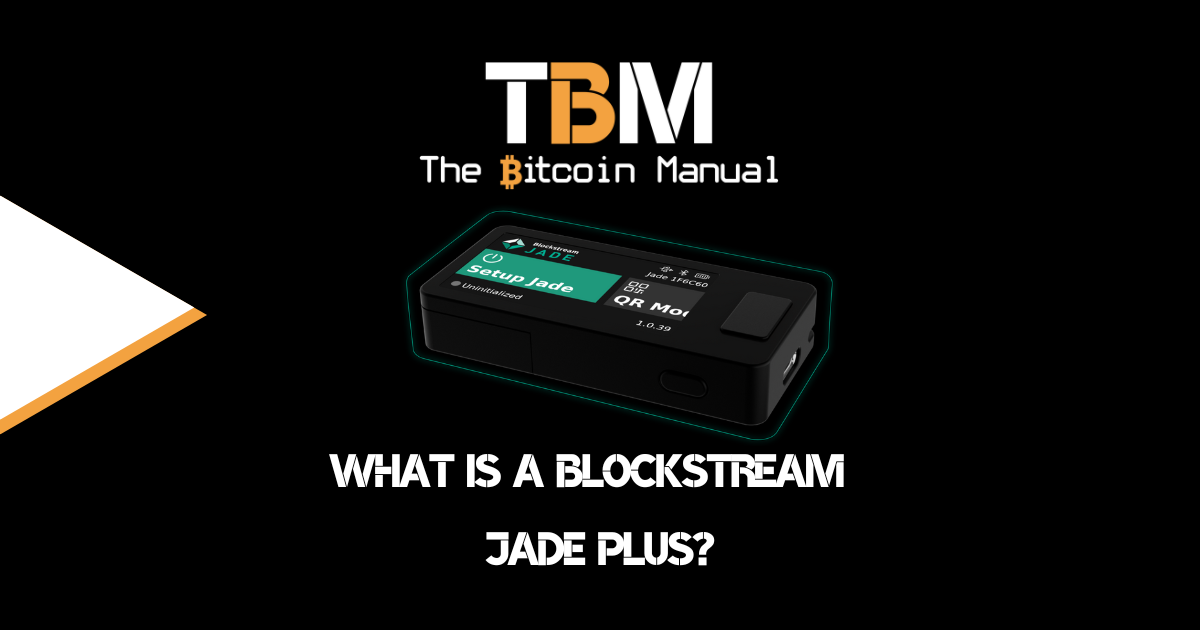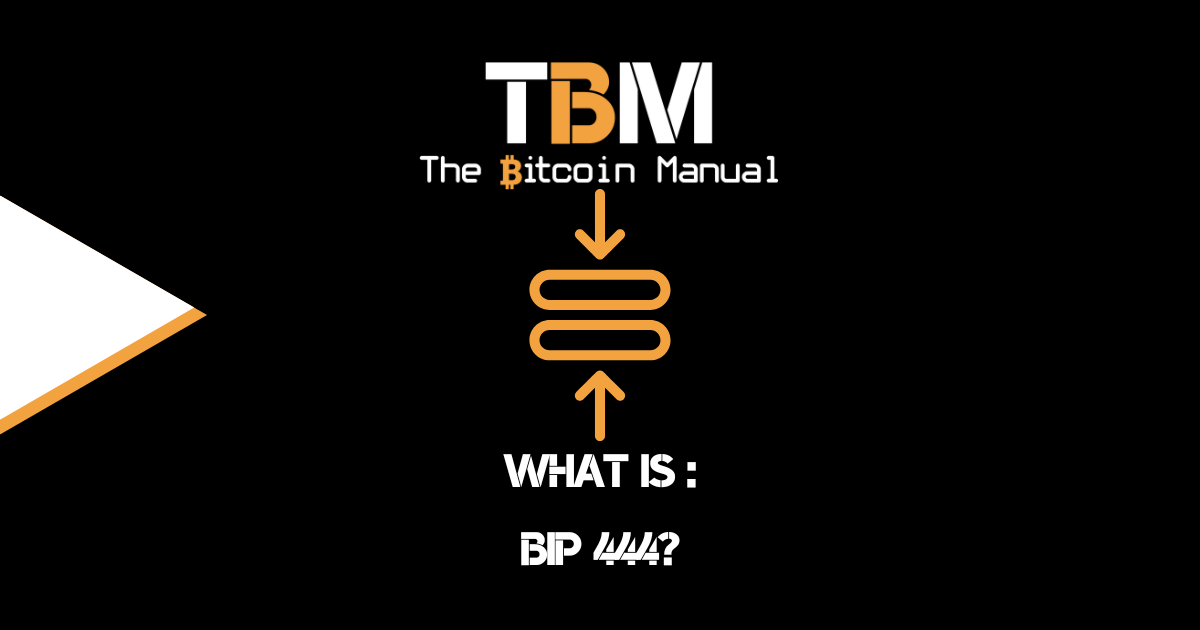Security Token Offerings (STO)
Home » Bitcoin Finance » Security Token Offerings
If you’ve made it into the bitcoin space, you’ve probably heard of tokenisation, the ability to create tokens that represent claims of ownership like stocks, bonds or other financial assets. It’s a claim that many alternative digital asset projects use to justify their existence, even though there are so many obvious false assumptions in their thesis. The idea of having a blockchain enforce any ownership claims is rather silly, which will always be done by a regulated entity.
So why would you need a blockchain? The truth is you don’t, but with security token offerings, you can allow users to hold a claim on their financial asset using a bitcoin wallet which may be a convenient alternative instead of having an account with another bank or brokerage.
I know what you’re thinking; everything is a shitcoin until it gets put on bitcoin, right? But security tokens are not decentralised, nor do they claim to be; they are simply a representative asset that uses bitcoin rails to provide a new method of record-keeping but not ownership.

What is an STO?
An STO stands for security token offering, a regulated version of the 2017 mania known as the initial coin offering (ICO). In the case of an STO, a business or investment firm would make avialable claims for their asset and issue it with the help of a blockchain. The token represents their investment which can be anything from an investment contract to an underlying investment asset, such as stocks, bonds, funds and real estate investment trusts (REIT).
In most cases, the security token would be optional, and you could still own the asset in a traditional brokerage account. Still, we have seen STOs that prefer to manage everything through the token method.
A security can be defined as a “fungible, negotiable financial instrument that holds some type of monetary value,” i.e., an investment product that is backed by a real-world asset such as a company or property.
A security token, therefore, represents the ownership information of the investment product recorded on a blockchain. The STO would also require investors to perform KYC and AML before they can purchase the asset as with traditional investments.
The registration also helps institutions manage the issuance of the token. If I would lose access to the wallet with my stock STO, I can have the issuer blacklist my old STO and issue me a new one to my new bitcoin wallet.
How do STOs work on Bitcoin
In the bitcoin world, STOs are currently issued over a second layer solution known as the Liquid Network, which has a feature called Liquid Securities. Liquid Securities provides the platform for businesses to issue and manage security tokens on the Liquid Network. It is built as an API that can be hosted on any token issuing platform (such as STOKR or an exchange like Bitfinex).
Companies can leverage Liquid Securities to issue, reissue and track security tokens during the entire life cycle. Using this unique architecture, rules for such Issued Assets (security tokens) do not have to be written at the smart contract level, as is the case with Ethereum, which uses a Turing complete system.
Such assets can be easily adjusted via the Liquid Securities control panel to allow issuers to adapt to fast-evolving digital asset regulations while giving them a clear view of how these assets have moved since their issuance.
Liquid Securities store the necessary information to record relevant transfer details, such as amounts and destinations. This enables issuers to produce reports, such as ‘proof of transfer’ and ‘proof of balance’, to auditors or regulators. Moreover, the issuers and the investors can view transfer past history, activities and even ownership of these tokens.
Liquid Securities also ensure that the security tokens are issued, traded and negotiated between allowed parties for compliance and regulatory reasons using whitelists of users and addresses. Liquid Securities primarily apply transfer restrictions through the use of ‘whitelist’ categories.
Once the user has registered for their STO and been cleared, they can manage their STOs using a Liquid Network wallet.
Why use STOs on Bitcoin?
So if you don’t need to use an STO to own these traditional assets, why would you want to use one compared to your current financial products and issuance platforms. Apart from the convenience of using already set up infrastructure that is open for anyone to use, there are other benefits such as:
Privacy
Liquid Securities ensure confidential transactions for the security tokens. Both the security token receiver’s address and the security token amount are hidden from observers. Only those directly involved in the transaction (and those they share it with) know of the details of the security token transaction.
Advanced auditing
Security tokens issued on Liquid Securities can be verified and audited for ownership legitimacy. You still can’t see who holds the security tokens or the asset type, but you can verify and prove that it’s real and issued by a real entity.
Improved efficiency
The Liquid sidechain technology operates independently of blockchain technology – so it is an all around faster exchange of goods and capital between traders. Transfers can be near-instantaneous between investors.
Enhanced security
The Liquid Network has been developed on the proven Bitcoin code base, a framework that has proven to be very difficult for hackers to get around.
Share with a friend
If you thought this information was helpful why not share it on your favourite social media network and encourage others to learn more about Bitcoin
The latest news from our blog

Germany’s Bitcoin Tax Battle: Why P2P Premiums Beat KYC Every Time
Germany has long been considered one of Europe’s most Bitcoin-friendly jurisdictions, offering something that makes hodlers elsewhere green with envy: tax-free Bitcoin gains after just

What Is A Blockstream Jade Plus?
On January 3, 2025—Bitcoin Genesis Day, marking the 16th anniversary of Bitcoin’s first block—Blockstream unveiled the Jade Plus, a significant evolution of their popular open-source

What Is BIP-444?
The release of Bitcoin Core v0.30 has come and gone, but the drama surrounding it has not ended. As nodes on the network update to
